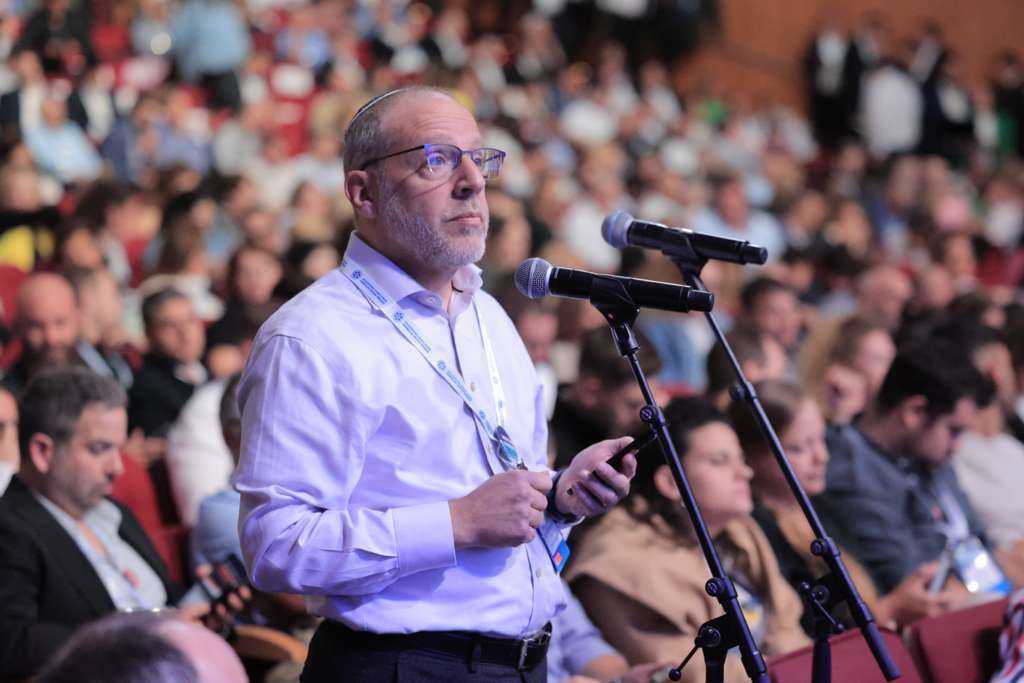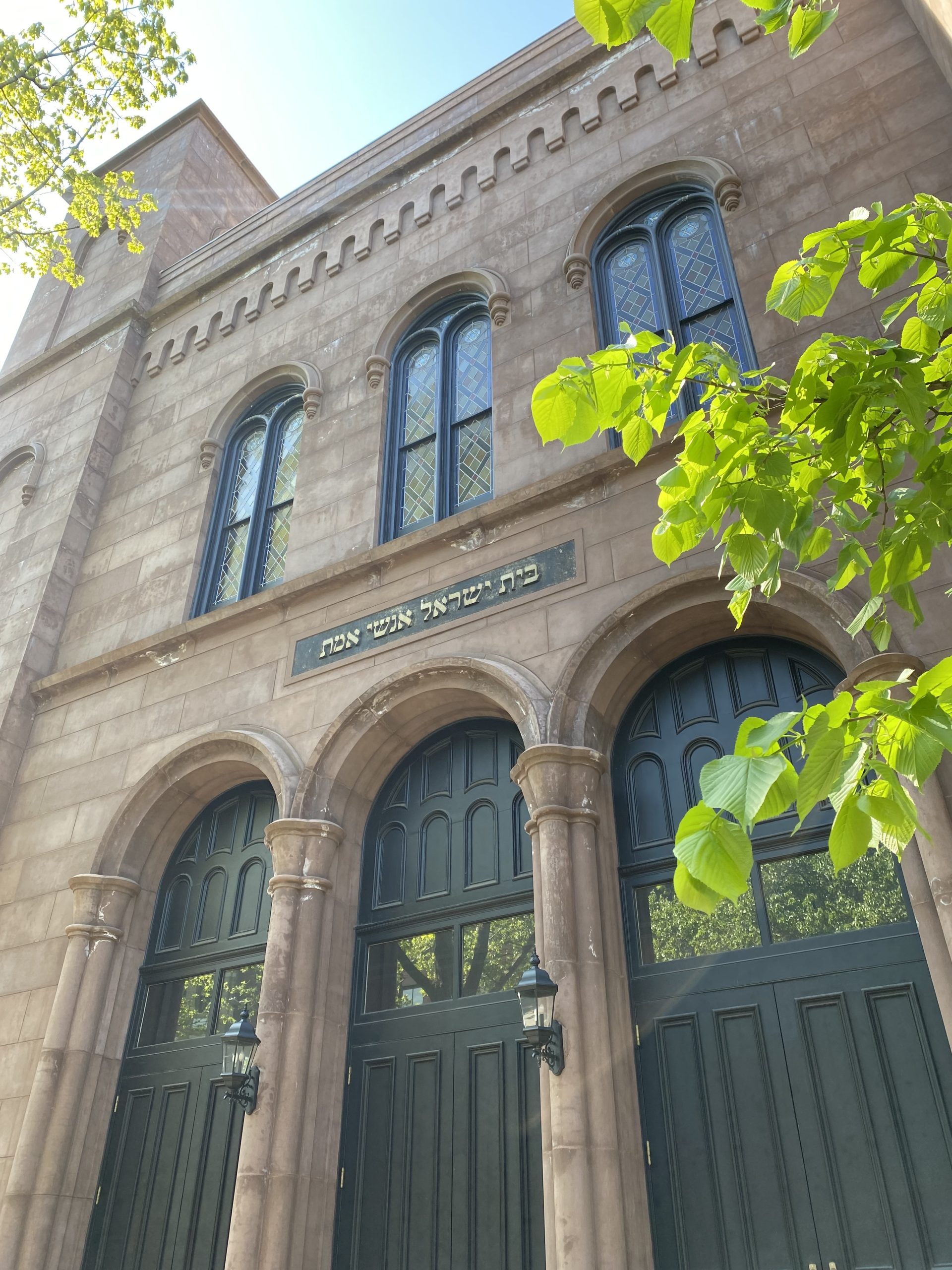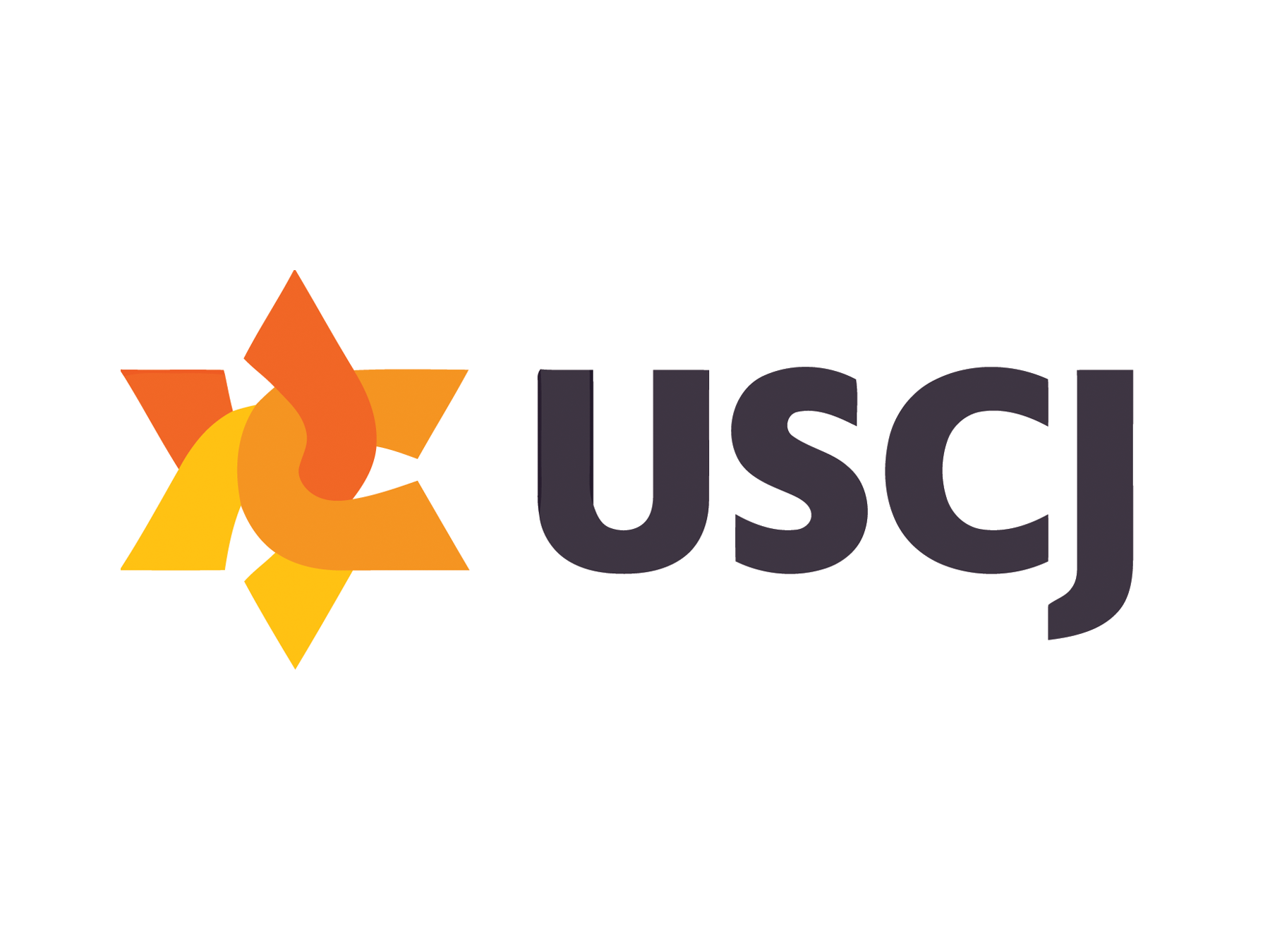
In many of our synagogues, the spring is a time of new. There could be a new president, different rabbinic leadership and/or change in senior staff. Come springtime, some board members are in process of ending their terms and new voices are joining the leadership table.
How often with the “new” do we also consider what needs to change with the “old”? Even the addition of one new person leads to a whole new table.
Let’s consider the following conversation between a new and existing board member.
New Board Member:
- I think that we had a great new member dinner. I was excited to see so many new faces enjoying Shabbat together. I was thinking that maybe next year we can offer babysitting so that more parents with little kids can attend.
Responses from existing board members:
- No, but we tried last year and couldn’t get anyone to babysit.
- No, but we don’t have the money in the budget to pay babysitters.
- No, but it won’t make a difference. Young families don’t really care about being a member of the synagogue.
Now imagine if the responses were started with “yes, and…”
- Yes, and we can ask the Hebrew school students to see if anyone would be interested in babysitting.
- Yes, and we can ask the new families to pay a minimal amount to cover babysitting.
- Yes, and what if we matched new members with longer time members so that they could get to know each other?
Lessons from Improv
Improv is a tool in drama that encourages creativity and spontaneity. An improv exercise that demonstrates the importance of changing the conversation from “no, but” to “yes, and” can help longer time members be open to new ideas and approaches instead of shutting out the hopeful suggestions of new leaders.
Sulam for Emerging Leaders (SEL), is a USCJ program that helps prospective leaders within congregations transition from the sidelines to the center of Congregational life. At the end of each SEL session, the group is encouraged to prepare a list of leadership questions to the current board. Imagine if the answer to each question begun with “no, but” instead of “yes, and?” Would a prospective board member be inspired to take a seat at the table if the only conversations that take place are ones during which new ideas are shut down and cast aside?
We are living in a time during which it is imperative to make room for both tradition and innovation—for those who want to continue the services that they grew up with and the programs that they hold dear and those who seek the opportunity to create their own meaningful experiences. “Yes, and….”
Responding to a new idea with “yes, and” allows leaders to be in dialogue with each other. Building on an idea and showing enthusiasm about the option of creating something new that can satisfy a multitude of needs and interests can open a door to innovation and partnership. When our immediate response is “no, but,” there is an abrupt end to the conversation closing the door to all possibilities.
Next time a new board members offers a suggestion away from the norm, try modeling a response by using “yes, and.” This will open the suggestion for dialogue. It may be that in the end the idea needs to be explored further before it can be implemented-that’s okay too. But if you’re only saying or suggesting “but, no,” you can only expect the same in return.









